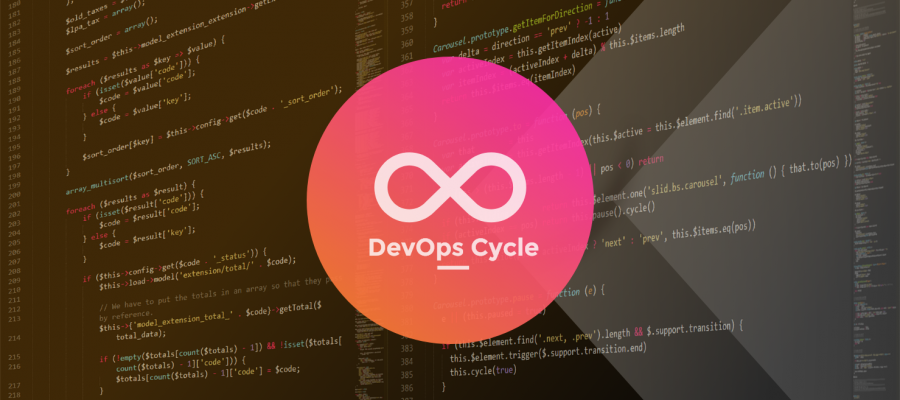DevOps is a software development methodology that combines software development (Dev) with information technology operations (Ops). The goal of DevOps is to shorten the systems development life cycle while delivering features, fixes, and updates frequently in close alignment with business objectives.
As DevOps is intended to be a cross-functional mode of working, those that practice the methodology use different sets of tools—referred to as “toolchains”—rather than a single one. These toolchains are expected to fit into one or more of the following categories, reflective of key aspects of the development and delivery process:
- Coding – code development and review, source code management tools, code merging
- Building – continuous integration tools, build status
- Testing – continuous testing tools that provide feedback on business risks
- Packaging – artifact repository, application pre-deployment staging
- Releasing – change management, release approvals, release automation
- Configuring – infrastructure configuration and management, infrastructure as code tools
- Monitoring – applications performance monitoring, end-user experience
There are different interpretations of these tool-chains (e.g. Plan, Create, Verify, Package, Release, Configure, and Monitor).
DevOps is easy when you know your organization can adopt changes easily and when you have the right attitude to make DevOps come true in your organization. For tools you need to use in every stage of the DevOps cycle, here are my articles on the set of tools you can use for successful DevOps and 7 incredible tools for DevOps success.
Here are the 6 Cs of DevOps.
1. Continuous Business Planning
This starts with identifying the skills, outcomes, and resources needed.
2. Collaborative Development
This starts with development sketch plan and programming.
3. Continuous Testing
Unit and integration testing help increase the efficiency and speed of the development.
4. Continuous Release and Deployment
A nonstop CD pipeline will help you implement code reviews and developer check-ins easily.
5. Continuous Monitoring
This is needed to monitor changes and address errors and mistakes spontaneously whenever they happen.
6. Customer Feedback and Optimization
This allows for an immediate response from your customers for your product and its features and helps you modify accordingly.
Taking care of these six stages will make you a good DevOps organization. This is not a must-have model but it is one of the more sophisticated models. This will give you a fair idea on the tools to use at different stages to make this process more lucrative for a software-powered organization.
The above is a brief about DevOps cycle. Watch this space for updates on the latest trends in Technology.
